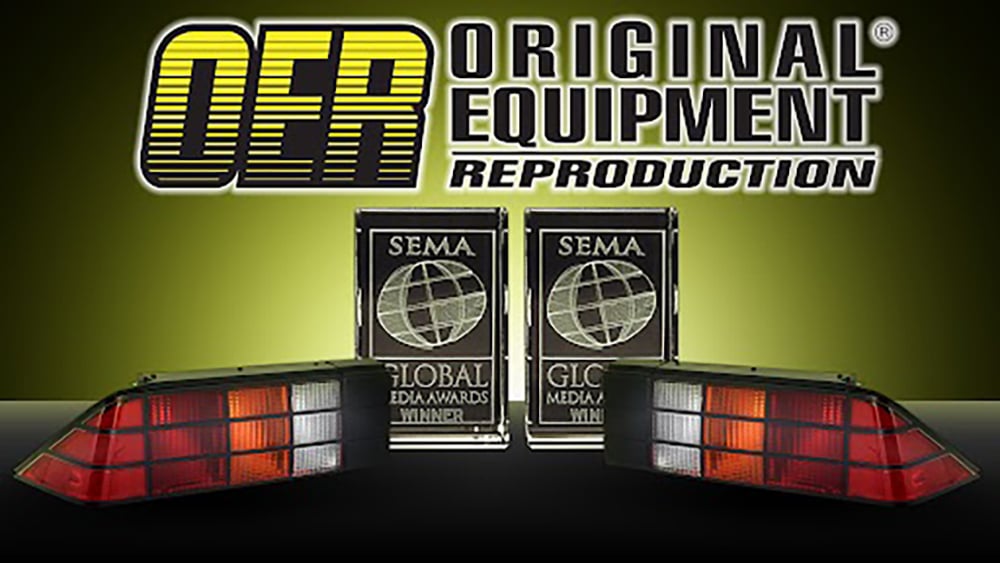This article's topic may be a sore subject for some readers. There are likely to be several gotchas in this list, where a gearhead or two (or several thousand for that matter) might have rushed headlong into purchasing and starting a classic car renewal project that goes awry and is hopelessly stalled. It's not something to beat yourself up about. It's called being human and making mistakes. Don't let the fear of making a boo boo or two get in your way of reading this article for some helpful hints on getting your old car project going or restarted. If you keep these muscle car restoration mistakes in mind, you won't fall victim to them in the future.
Our lead photo of a restored Lemon Twist yellow 1970 Plymouth 'Cuda is courtesy of Mecum Auctions.













